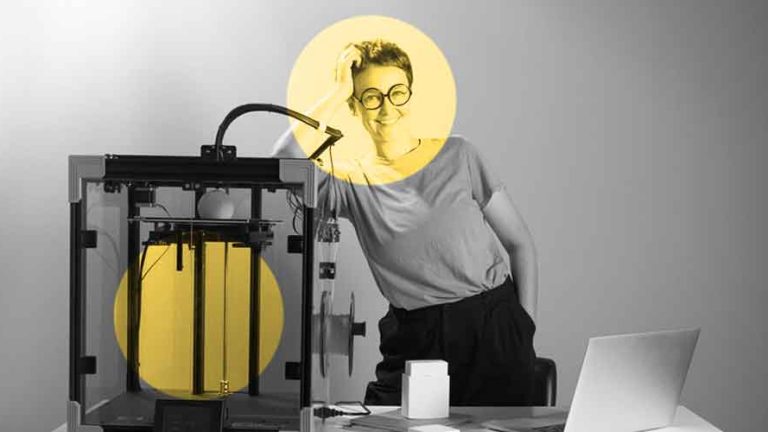Women in 3D printing will continue to revolutionize the manufacturing in 2024
The article “Women in 3D Printing: Revolutionizing Manufacturing in 2024” provides a perceptive analysis of the revolutionary role that women are playing in the quickly developing 3D printing industry. As 2024 draws nearer, this rapidly evolving industry is not only seeing advances by women in tech but also a notable change in the makeup of its workforce. This article highlights the significant roles and creative methods played by women in 3D printing, and it investigates how their participation is dismantling conventional barriers and promoting a diverse and creative atmosphere.
It presents women as major forces behind this manufacturing revolution by highlighting the special difficulties and successes faced by them in 3D printing through case studies, statistical analysis, and interviews. This article critically examines the ongoing attempts to promote gender equality in STEM professions in addition to celebrating their accomplishments.
Shattering Obstacles and Redefining Leadership
The 3D printing industry’s leadership landscape has seen a notable shift. Along with their contributions as engineers and designers, women are increasingly assuming key leadership positions in both startup businesses and well-established multinationals. This change goes beyond simply promoting gender diversity; it also involves encouraging innovation and incorporating various methods to problem-solving. Women in leadership roles in 3D printing promote inclusive workplaces that foster more creativity and teamwork.
Fostering Innovation Through Diversity
Innovation is based on diversity. This is seen by the growing number of women working in 3D printing. Their diverse backgrounds in digital design, mechanical engineering, and materials science bring fresh viewpoints to the field. This diversity of ideas is leading to new uses for 3D printing, such as the development of complex biomedical devices and cutting-edge aircraft parts.
Challenges Along the Way
The road isn’t without difficulties, though. Underrepresentation in senior posts and gender bias continue to be major obstacles. The pipeline of future female talent in this industry is hampered by a glaring lack of STEM education and mentorship for young girls and women.
Case Studies of Success
This article features a number of inspirational case studies of female 3D printers who have made their marks in the industry. These include innovators in the field of materials science, educators committed to encouraging the next wave of women in STEM, and creators of ground-breaking enterprises. Their accomplishments are more than just personal victories; they serve as role models for young ladies who want to pursue careers in the area.
The Role of Education and Community
There is no denying that education and community play a crucial role in encouraging women to participate in 3D printing. Key initiatives include networking events, mentorship programs, and specialized training. They encourage more women to enter and succeed in the industry by offering not only information and skills but also a supportive environment.
Overcoming Stereotypes
Overcoming long-standing stereotypes is one of the biggest obstacles facing women in 3D printing. These prejudices frequently limit the contributions of women or categorize their positions in the field. In order to create a more inclusive workplace that prioritizes talent and creativity over gender, it is imperative that these preconceptions be broken.
Technology and Innovation
When it comes to using 3D printing technology for efficient and sustainable manufacturing, women are leading the way. Not only is their work on ecologically friendly printing materials and techniques innovative, but it is also essential to the future of manufacturing that cares about the environment.
Global Impact
Women have a global impact on 3D printing. Women are spearheading campaigns across continents that are altering our perceptions of manufacturing, from localized, small-scale production to massive industrial operations. Their impact goes beyond their technical contributions; they represent activism for gender equality in technology as well as leadership and mentoring.
Looking Ahead
The position of women in 3D printing is expected to grow as 2024 goes on. More STEM possibilities and a focus on gender equality will lead to a more diverse and balanced workforce in manufacturing in the future. This evolution signals a richer pool of ideas and innovations, which is good news for the business as a whole as well as for gender equality.
In conclusion, women working in 3D printing are leading the technological change rather than only observing it. Their participation is destroying ingrained prejudices, spurring creativity, and opening the door for a more diverse and vibrant manufacturing sector. The manufacturing industry promises diversity and equity in addition to technological growth as long as this trend persists.






Add comment